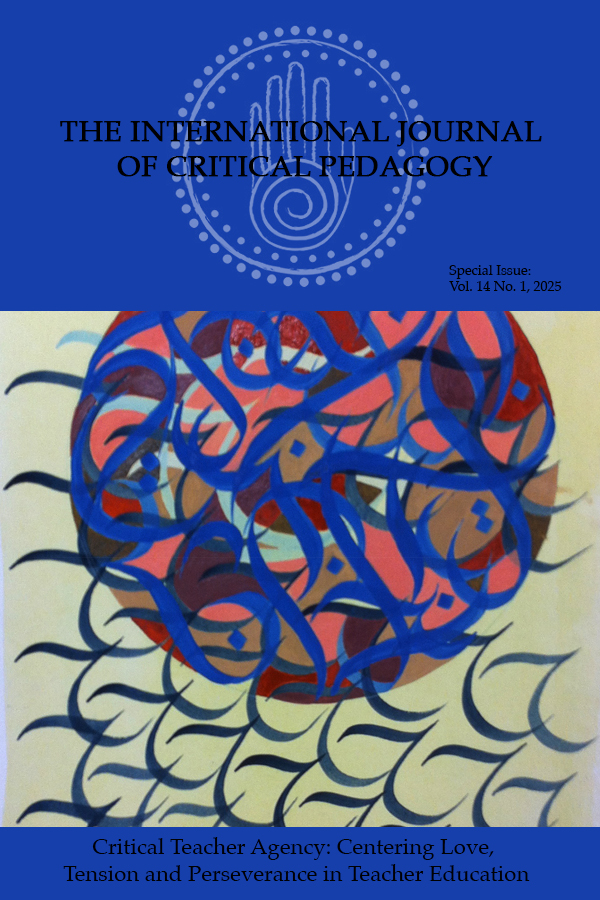Abstract
Critical pedagogy has been a powerful and persistent force in academia, informing dissertations, courses, and research. Despite this impact on higher education, critical pedagogy has not had similar success in public schools, even though these institutions host large numbers of marginalized students. One reason for this lack of influence in public schools is that the space of schooling is not particularly receptive to the ambitions and priorities of critical pedagogy. In this article, we build on the claim that there is a poor fit between public schools and critical pedagogy by laying out an argument for improving this fit by extending critical pedagogy. This extension can lead to the creation of new school spaces—spaces of difference—that will provide a more conducive environment to use critical pedagogy. To do this, we take the unconventional position that critical pedagogy be used with technology to create spaces of difference that will further opportunities for marginalized students and their ability to “name the world.” An in-depth consideration of these spaces of difference and their relation to critical pedagogy is presented to reveal how it can lead to forms of critical learning to address the needs of all students, including those most marginalized as they move through public schools.
Keywords: critical pedagogy, spaces of difference, technology
How to Cite:
Gitlin, A. D. & Ingerski, J., (2018) “Rewriting Critical Pedagogy for Public Schools: Technological Possibilities”, International Journal of Critical Pedagogy 9(1).
Downloads:
Download PDF
View PDF

